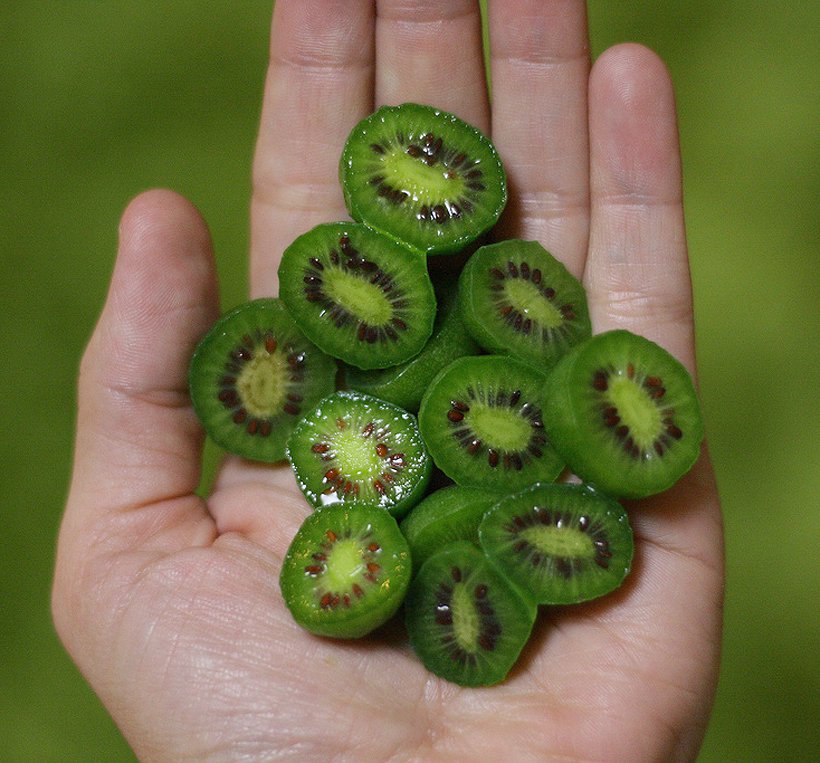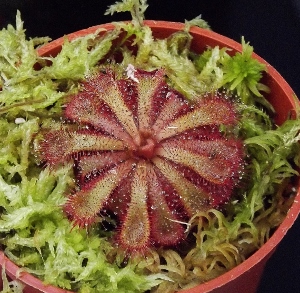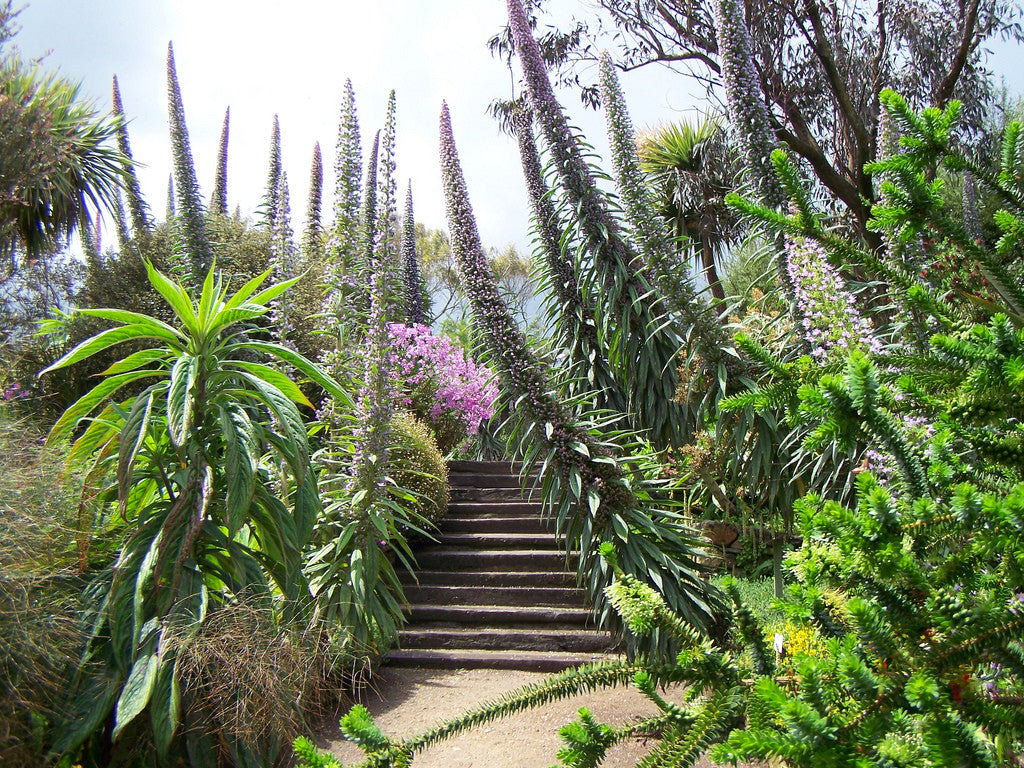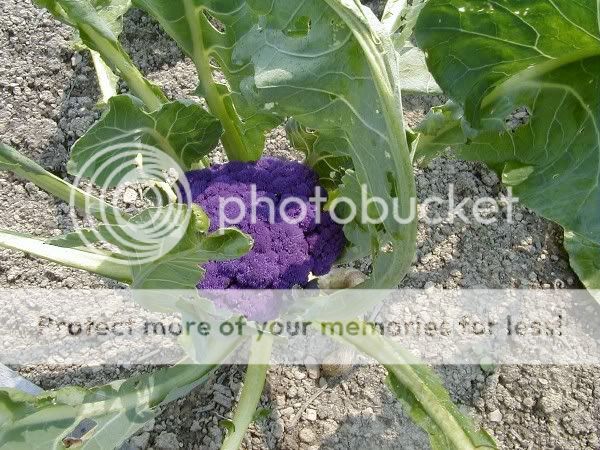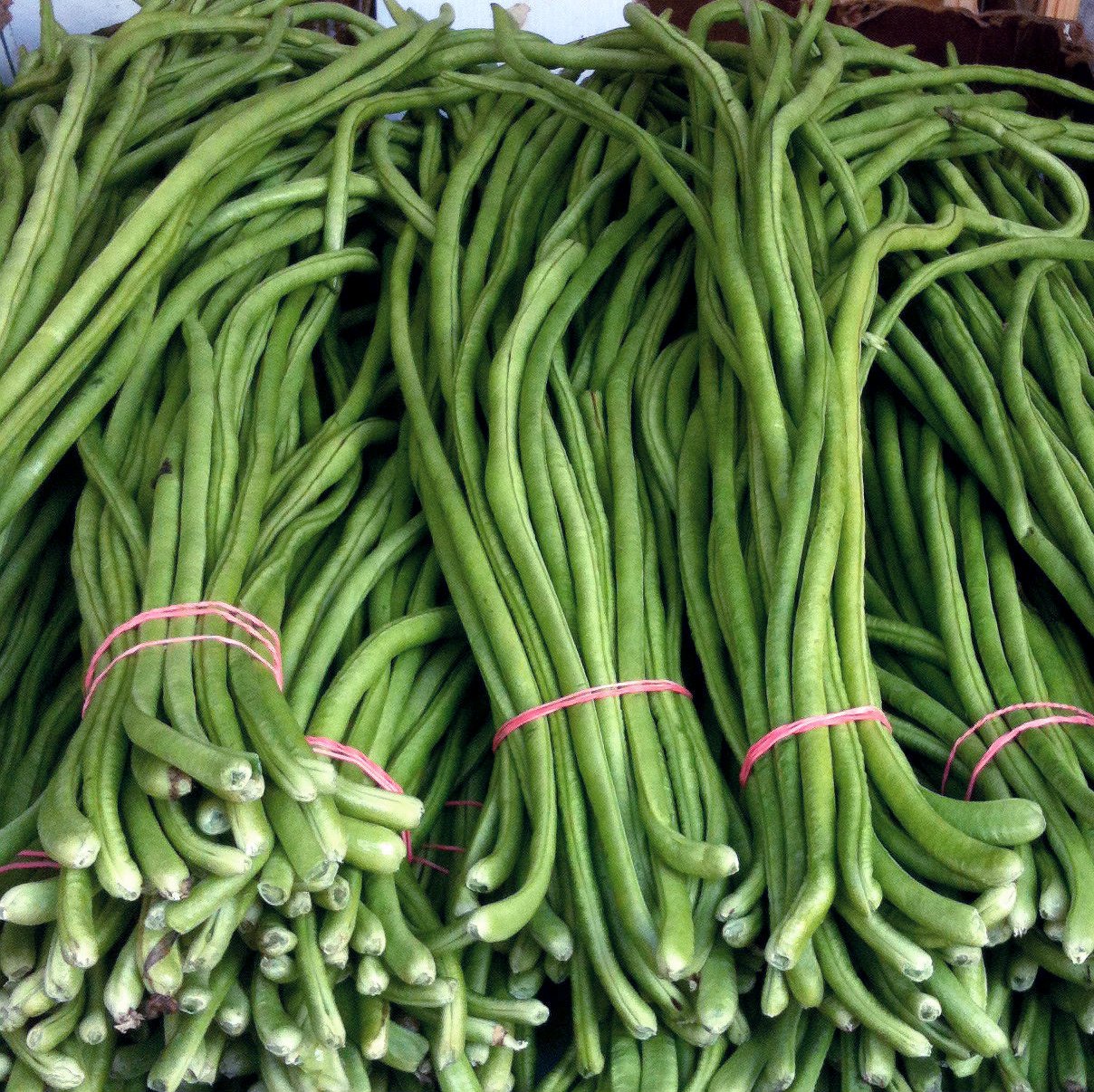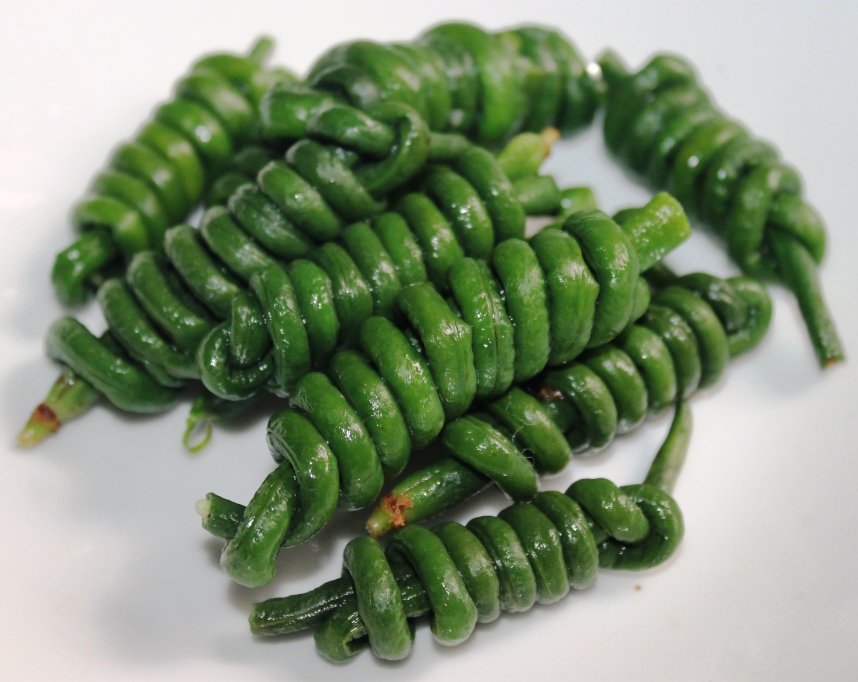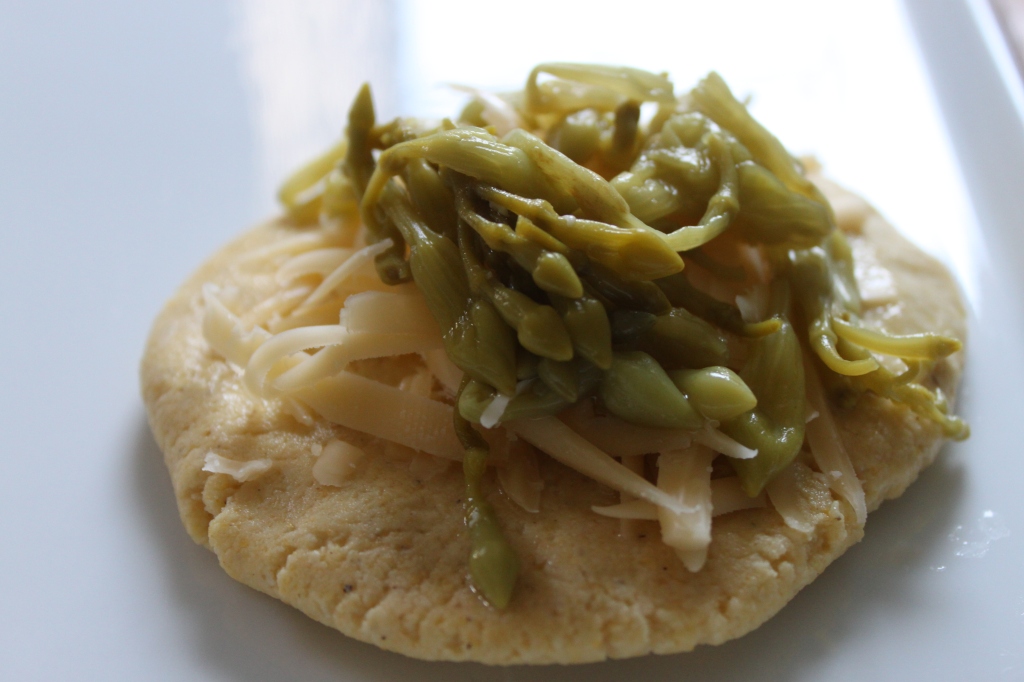Off we go, starting our own water chestnuts again. In case you ever had them in stir fry, the fresh bulbs are 100 times better than the canned. Delicious. Plus, I know in what water they are growing (clean water) ;)
Eleocharis dulcis is tropical Asian aquatic sedge having an edible corm and cylindrical leaves. The succulent corm of this plant ist used in Asian cooking. This is NOT to be confused with the aquatic invasive Asian water chestnut (Trapa natans).
Chinese water chestnuts (Eleocharis dulcis) and European water chestnuts (Trapa natans) are two unrelated water plants that carry the same name. The Chinese water chestnut resembles a small muddy tulip bulb and is sweet and crunchy; the European water chestnut resembles a tiny horned bull’s head and is quite starchy. Americans are most familiar with the Chinese water chestnut. Chinese water chestnuts grow underwater in mud, have brown or black scale-like leaves, and are round, though somewhat flattened. They are the roots of an aquatic plant that grows in freshwater ponds, marshes, lakes, and slow-moving rivers and streams in Japan, Taiwan, China, Thailand, and Australia. They are difficult to harvest, explaining their generally high price. Chinese water chestnuts have mildly sweet, crisp, white flesh and are excellent raw on skewers with dip/
The European water chestnut or water caltrop has seed capsules with four spikes and is named after the caltrop, a vicious medieval weapon with four iron points. This hard-shelled ebony black fruit has two prominent, down curved horns resembling a bull’s head and a woody, sculptured surface that looks like a face or a bat. It grows abundantly in Indonesia, Southeast Asia, southern China, Japan, Italy, and tropical America. Its Chinese name, ling ko, means “spiritual horn.”
Storage: Store water chestnuts, unwashed and unpeeled, in a loosely closed paper or plastic bag in the refrigerator crisper for up to 2 weeks. Keep water caltrops in a cool, dry place.
To Grow: Easy to grow in a tub filled with dirt about 4" high . Water to 2" above soil level. Consider appropriate spacing as each corm produces quickly about 8-10 new corms. The closer they sit the harder it is to separate them.
To Buy:
- Tricker Aquatics: Water Chestnuts
- COTW Rare Seeds: Fresh Asian Water Chestnuts


